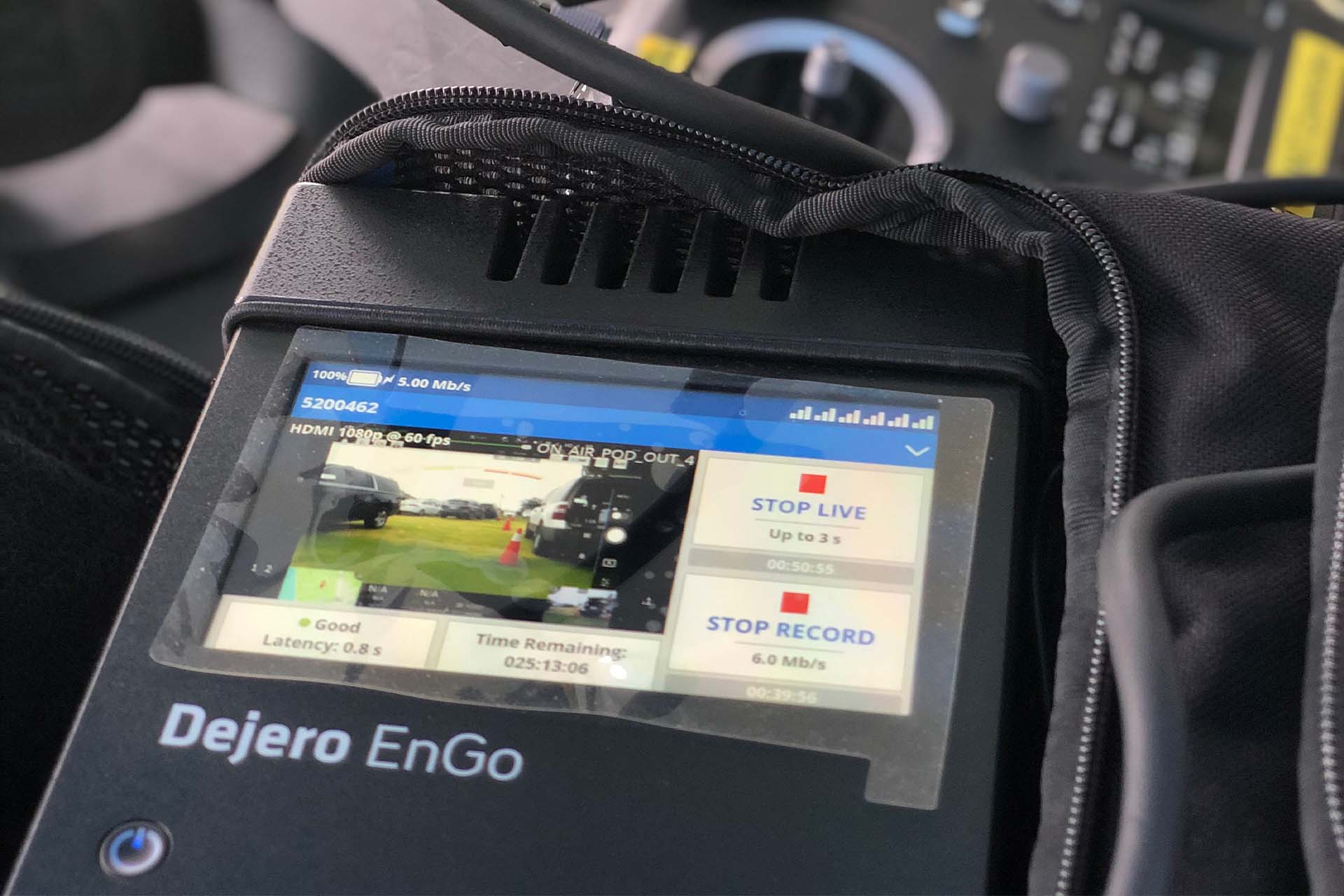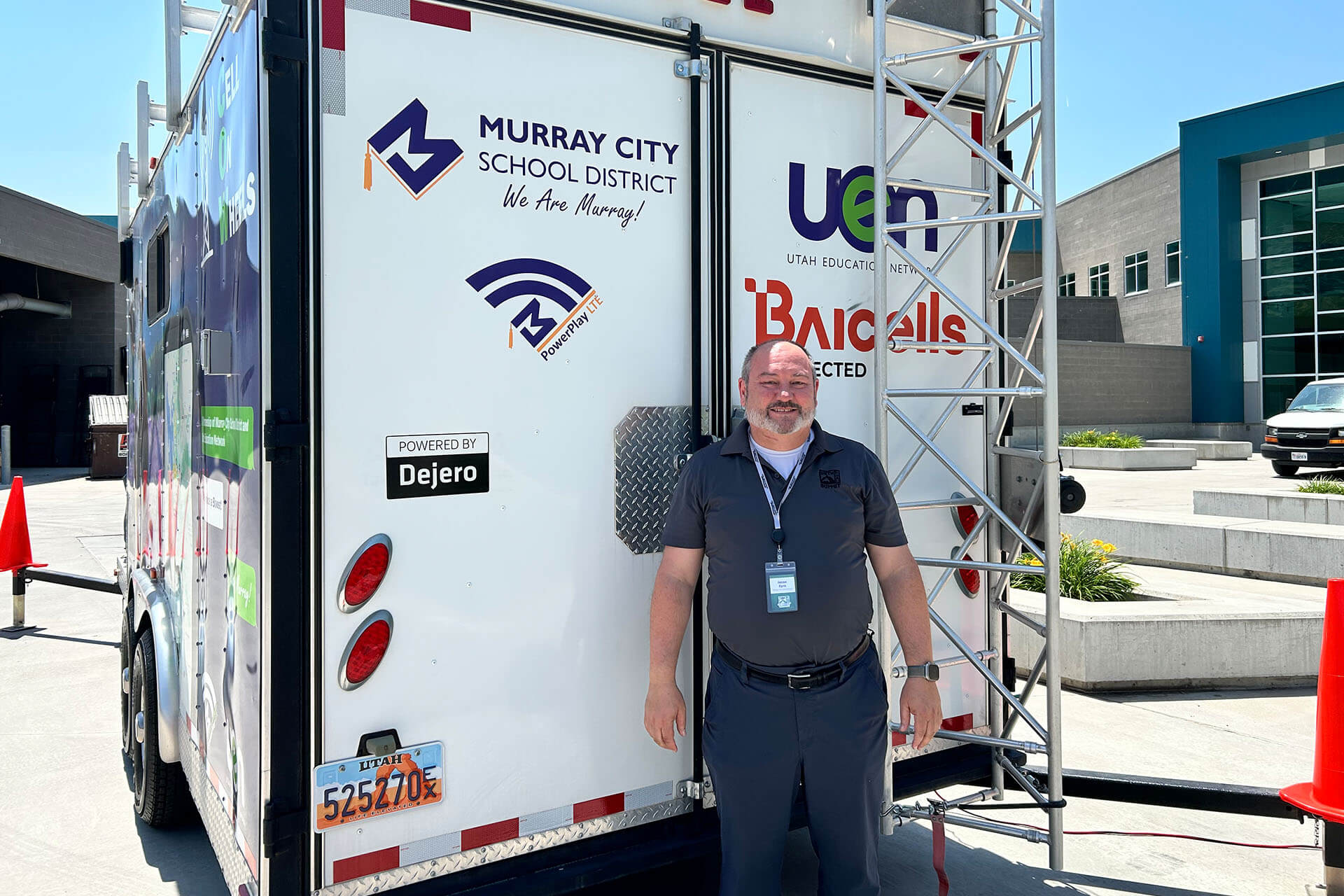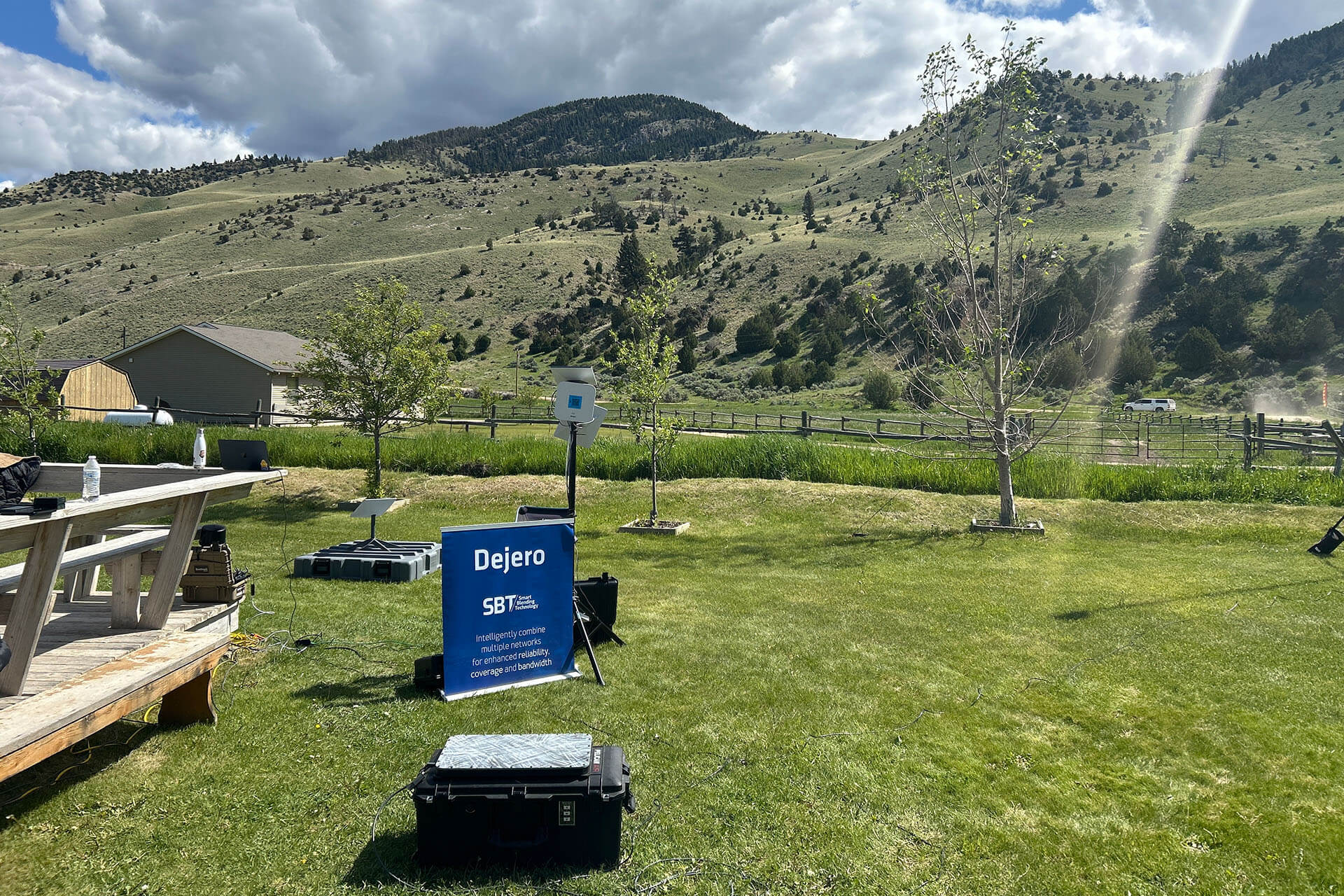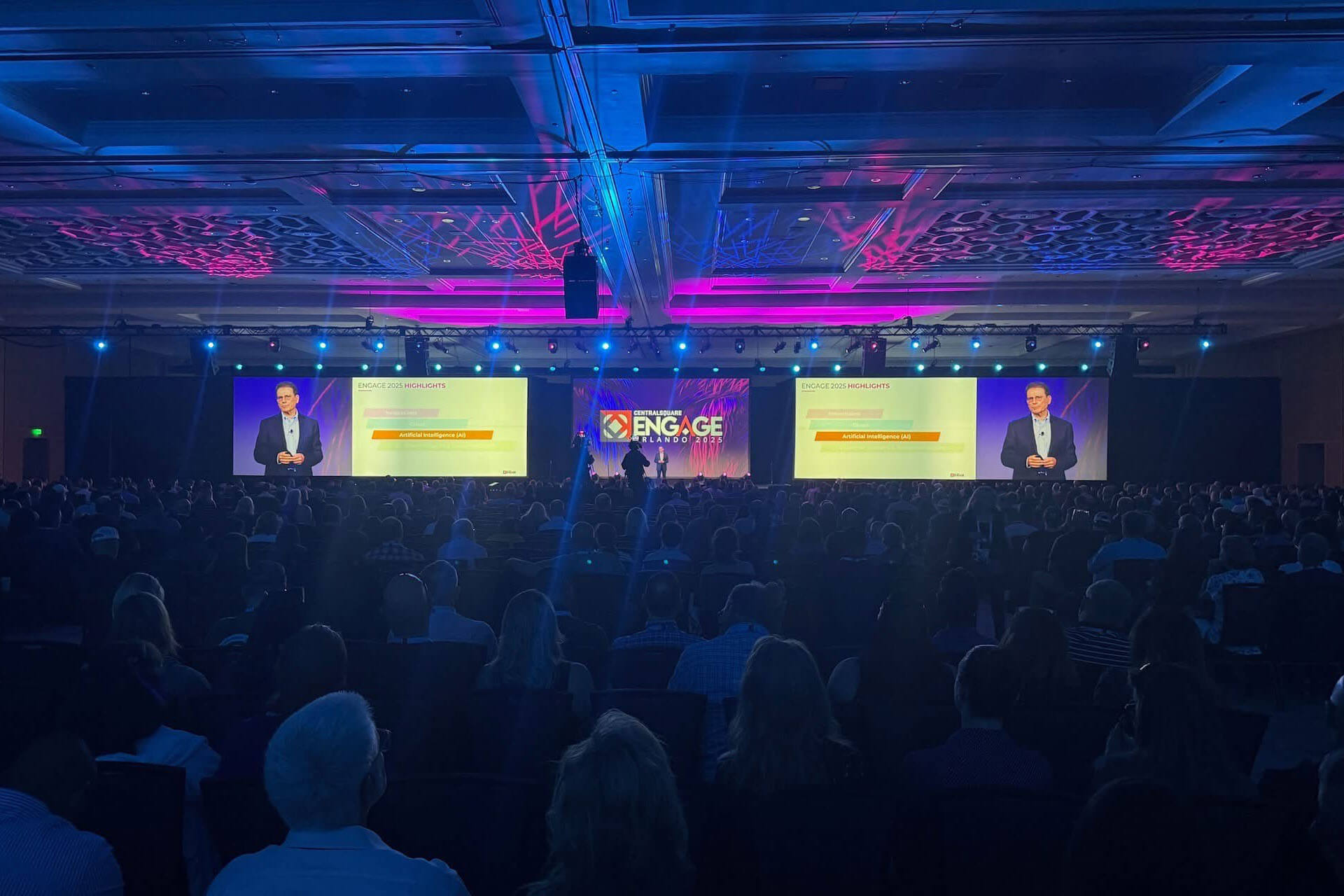You’ve barely had time to catch your breath after Tokyo and the 2023 World Cup in Qatar, but you’re already deep into planning for the upcoming Summer Games.
Around 10,500 athletes representing 206 National Olympic Committee teams will compete in Paris from July to August during the Olympic and Paralympic Games, deeming it the largest event ever organized in France to date.
This raises questions about the transportation of athletes, fans, media and organization officials.
Competing for bandwidth
As a national broadcaster, it’s imperative that you’re there – your nation is expecting it. But from a logistics and even connectivity perspective it will be challenging – how will you be able to leverage existing networks when they’re highly congested? Is Paris ready to deliver 5G? From fans capturing the Games on social media or calling their friends on the other side of the world to celebrate their nation’s latest medal, the network environment will be highly contested, leaving broadcasters vulnerable.
Athletes’ footprint
What about the sheer amount of people and equipment required to capture all these events?
A few years ago, sourcing a fleet of Outside Broadcasting (OB) trucks was the only way – rolling up to each venue, lining up a network dish and tapping into satellite connectivity to transmit live feeds. Directors, producers, assistant producers, sound technicians, graphics operators, camera operators, engineers, etc. would all need to be on site.
Flying everyone to Paris could cost hundreds of thousands let alone freighting or hiring OB trucks. And what about the logistical and customs considerations of the trucks and staff crossing borders? You’d be competing with other national broadcasters for expensive satellite time and bandwidth.
Let’s not forget about your carbon footprint.
Leaner and more powerful
Until recently, remote production was considered experimental and we couldn’t comprehend its expense and complexity. International production company, Quality, is a pioneer in IP remote production, being one of the first to use video mobile transmitters and mobile apps as the primary transmission path for live sports.
“We launched Quality during the industry’s worst financial crisis in 2017, so we had to evolve our business model, finding a way to produce top quality remote productions without passing on the cost of a full crew and OB van to our clients,” said Pablo Reyes, CTO, Quality.
These trail-blazers were soon producing live football matches for La Liga, and went on to deliver live feeds from the 2018 World Cup in Russia for all Spanish media. Last year, Quality made television history with the first ever all-remote multi-sport production as joint host broadcaster for the XII South American Games in Asunción, Paraguay. Its lean remote production workflow equated to a Net Present Value savings of approximately $2.5million USD.
Dejero technology has played a key role in Quality’s achievements. EnGo video mobile transmitters, WayPoint receivers and CuePoint return servers with built-in Smart Blending Technology™ are at the heart of Quality’s remote multi-camera productions, providing uninterrupted connectivity between the sports venues and their production hubs.
“Thanks to Dejero technology, all our production facilities and resources remain at our hubs, which saves us between 65% and 70% on setup time and costs, including cable installation, production crew time and travel, as well as logistics.”
The Games over the years
In 2010, Dejero helped CTV to bring live coverage of the Torch Relay for the 2010 Winter Games to millions of viewers. The 45,000km trek across the country, the longest in history contained within the host country at the time, showcased Dejero technology – which, for the first time, allowed transmission of live broadcast video content over cellular networks without the use of microwave or satellite technology.
For the preceding Summer Games, Dejero has been a staple onsite, providing support to broadcasters from all over the world who’ve rented, leased and bought Dejero systems to boost their coverage. Through its IP network connectivity options, Dejero has enabled camera crews and journalists at the Games to pick their best locations and deliver live feeds to millions of viewers around the world.
For the 2020 Summer Games in Tokyo, with movement restricted around the Games due to the pandemic, broadcast specialists Nexting, turned to Dejero to provide transmitters to reliably deliver live coverage, edited highlight packages and high-quality interviews to Mediaset, Sky Sports Italia and Italia Team TV (the Italian team’s own OTT platform).
The leaner crews were able to quickly and easily insert region-specific SIM cards into the EnGo transmitters to provide cellular connectivity from the local carriers in Japan and ensure optimal performance while roaming around the different venues.
Since then, Nexting has adopted a lean remote production workflow for the majority of its live sports coverage, including at the recent SuperCoppa Italiana 2023 and Gangwon 2024 Winter Youth Olympic Games.
Is Paris ready for 5G?
In preparation for this summer’s sporting events in Paris, Dejero has already conducted 5G tests in the city with our latest EnGo 3 range of 5G mobile video transmitters, using a variety of SIM configurations across seven of the venues, including the South Paris Arena, the Émile Anthonie Stadium and the Stade de France. Setting the EnGo to 20 Mbps and 2 seconds of latency in fixed latency mode, we performed 5 minutes of streaming for each SIM combination. We found that 5G coverage is performing fairly well in the city core, but LTE is still the better option, especially the further out you go. Factor in the other variable of crowd congestion and you could be in trouble if relying on a single cellular network carrier.
It’s safe to say that for live broadcasting and streaming at the Summer Games, one connection will certainly not be enough, which is why many live sports reporters will be relying on Dejero Smart Blending Technology to leverage multiple connections to deliver more ways for them to access reliable connectivity, at whichever venue they find themselves.
This carrier diversity delivers greater resiliency, and Dejero’s next generation 5G mobile video transmitters are already fully compatible with both standalone and non-standalone 5G. Combining 5G into multiple cellular networks, fiber and IP connections, as well as low earth orbiting (LEO) satellites, Dejero Smart Blending Technology creates a virtual 'network of networks' to deliver reliable low-latency connectivity.
We will be working closely with customers on-site in Paris to ensure they can secure the bandwidth required to transmit high quality HD and 4K video the connectivity they need. We give our customers the ability to go out and shoot what they want, where they want it, with the full knowledge that our technical experts are available on location to support their needs from the moment they arrive for set up, through to the closing ceremonies and wrap-up reports.














